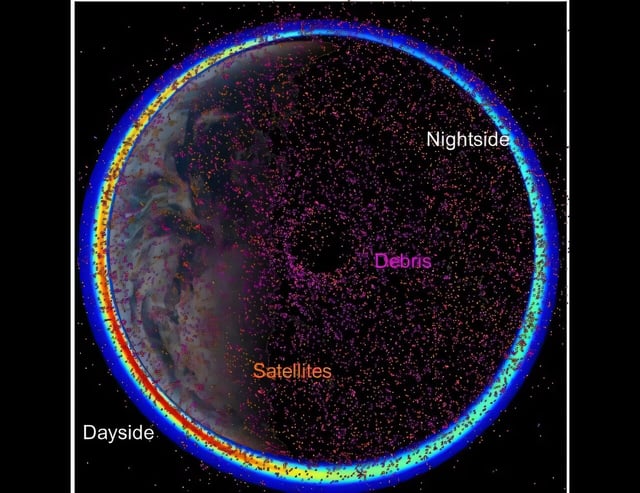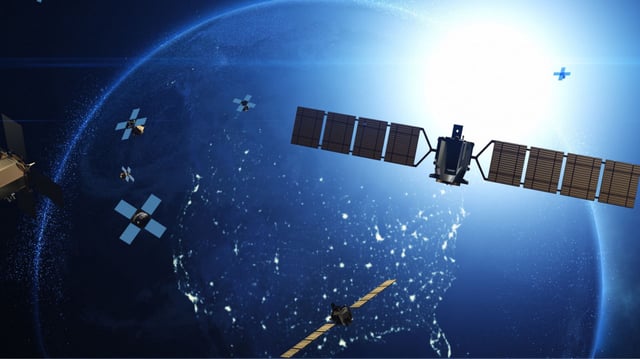Overview
- Earth's orbit contains over 100 million pieces of space debris, with less than 1% currently tracked, posing significant risks to satellites and spacecraft.
- The Space Debris Hunter satellite, designed by University of Alaska Fairbanks researchers, will detect objects too small for ground-based systems, down to 1 cm in size.
- The detection method leverages plasma disturbances caused by debris, allowing precise tracking of its distance, angle of approach, and trajectory.
- Equipped with advanced sensors, the satellite will measure electric and magnetic wave fields and analyze frequency changes to predict debris paths and avoid collisions.
- This initiative, part of a U.S. government program, aims to safeguard critical satellite infrastructure and reduce costly damage caused by undetected space debris.

